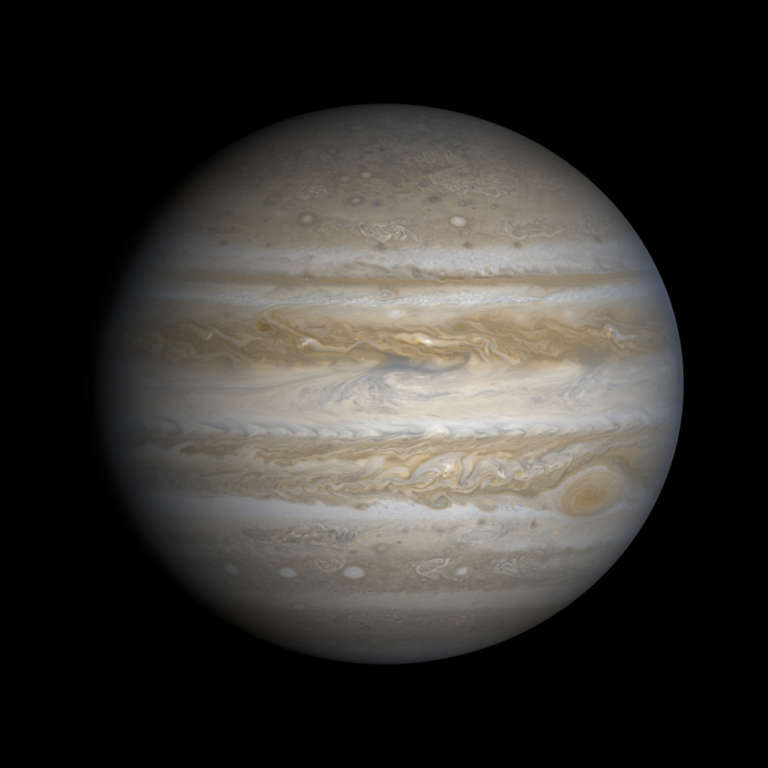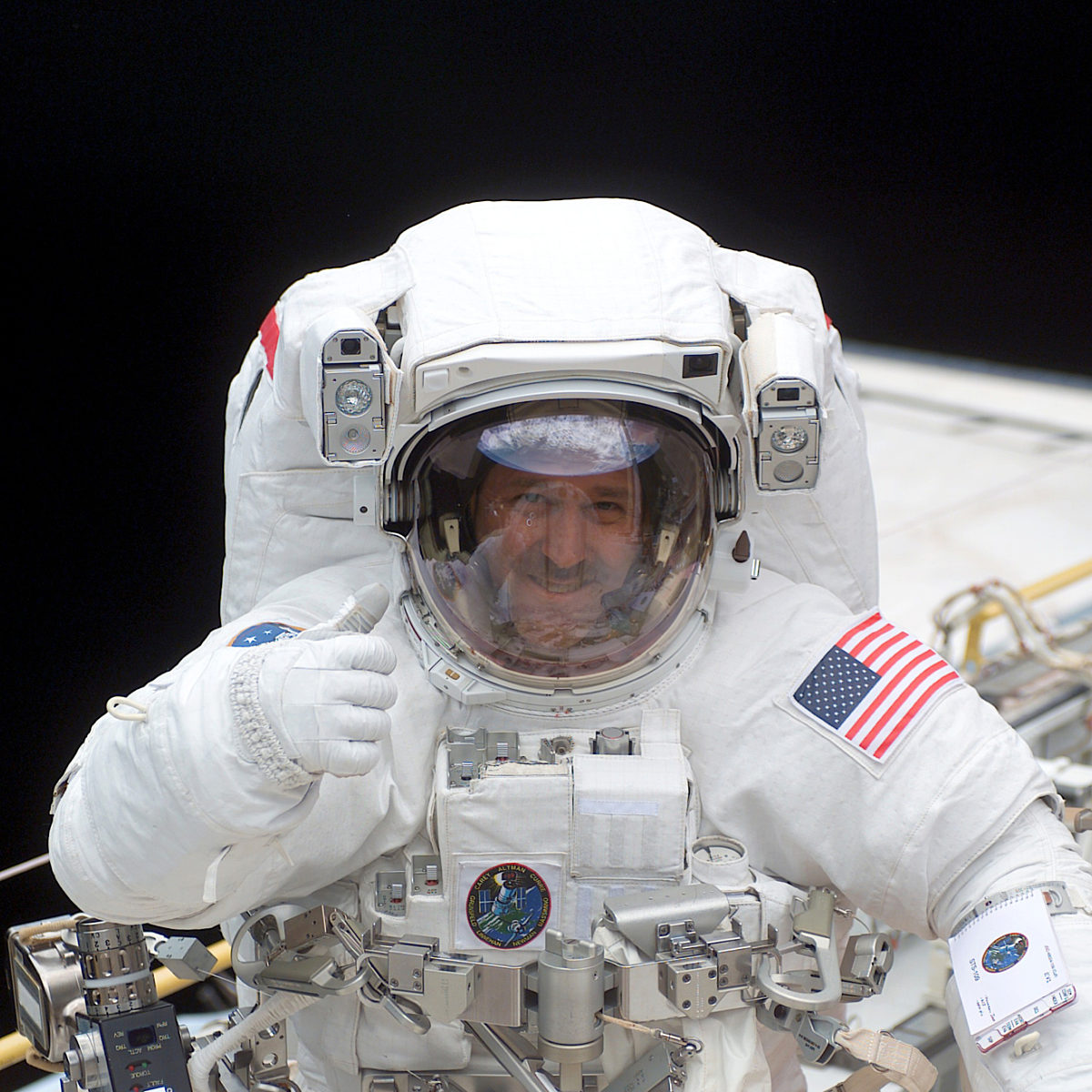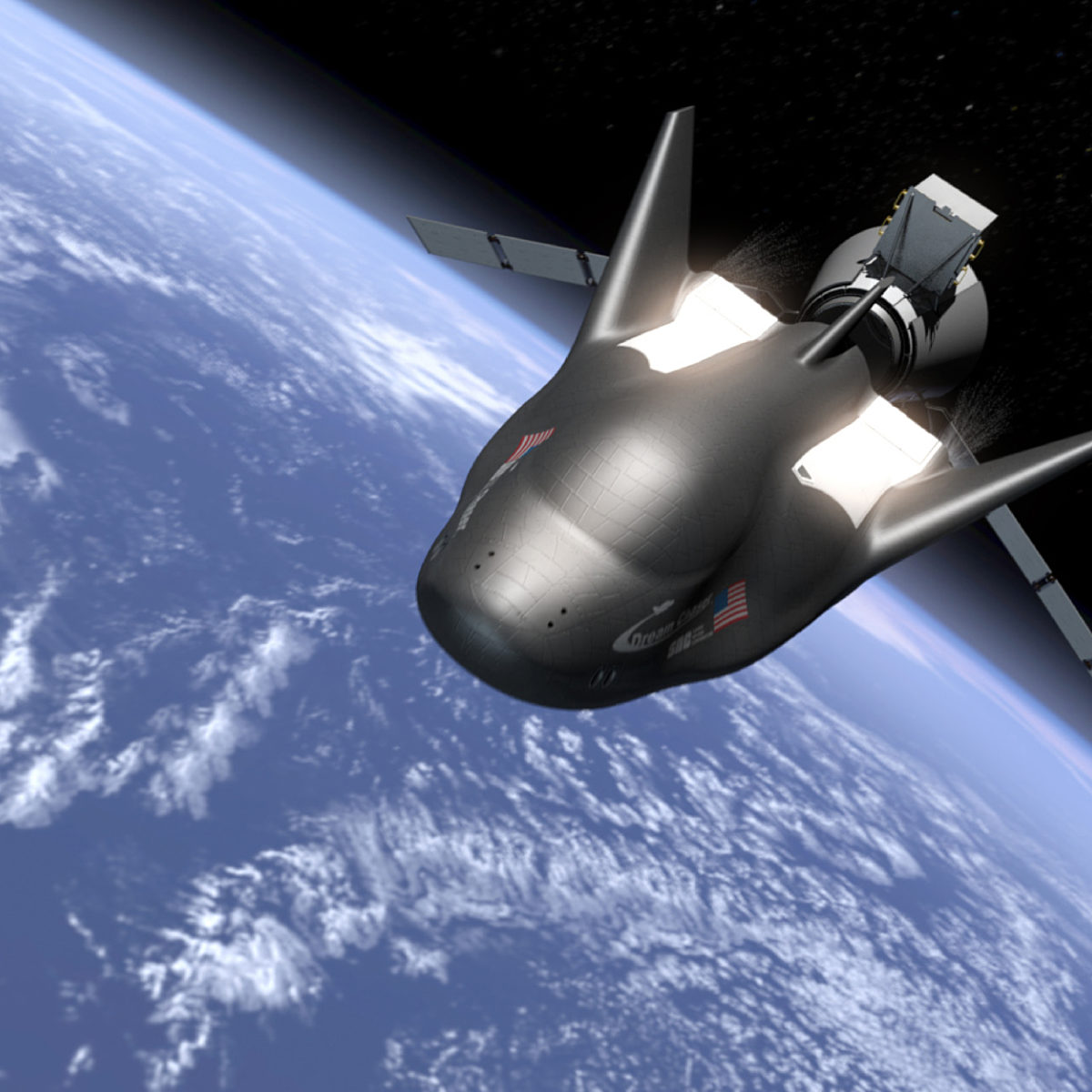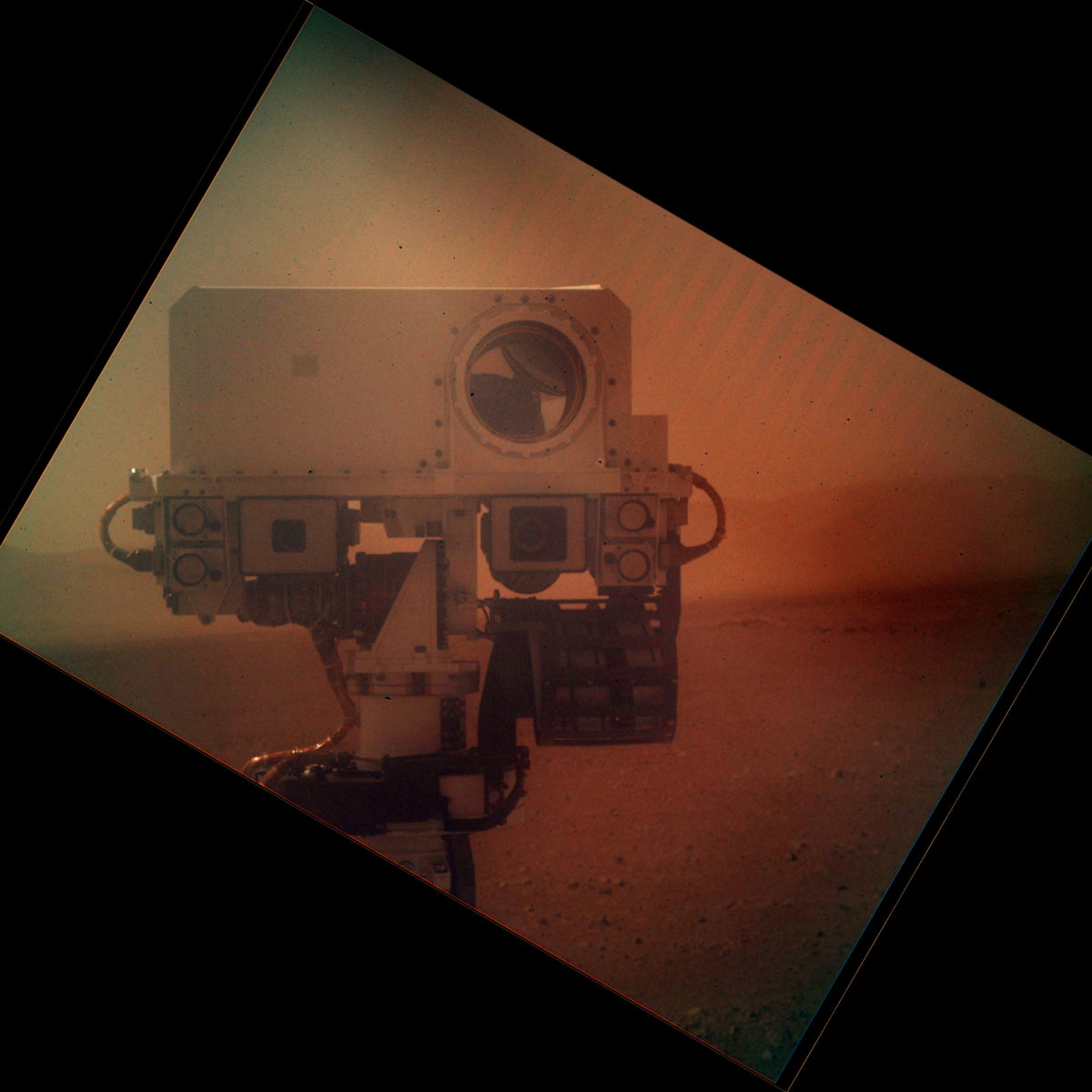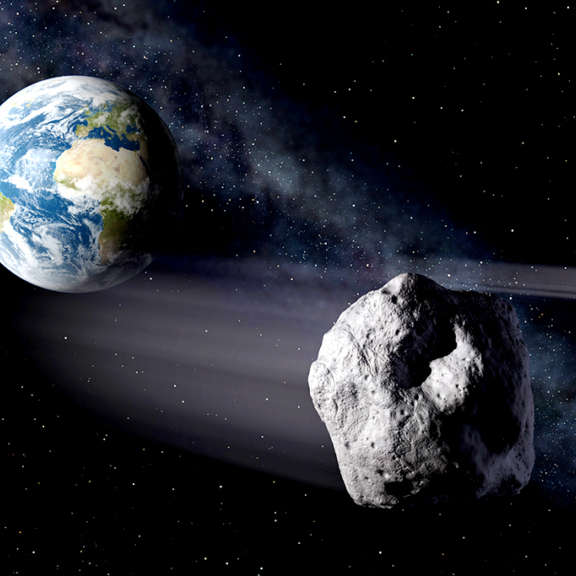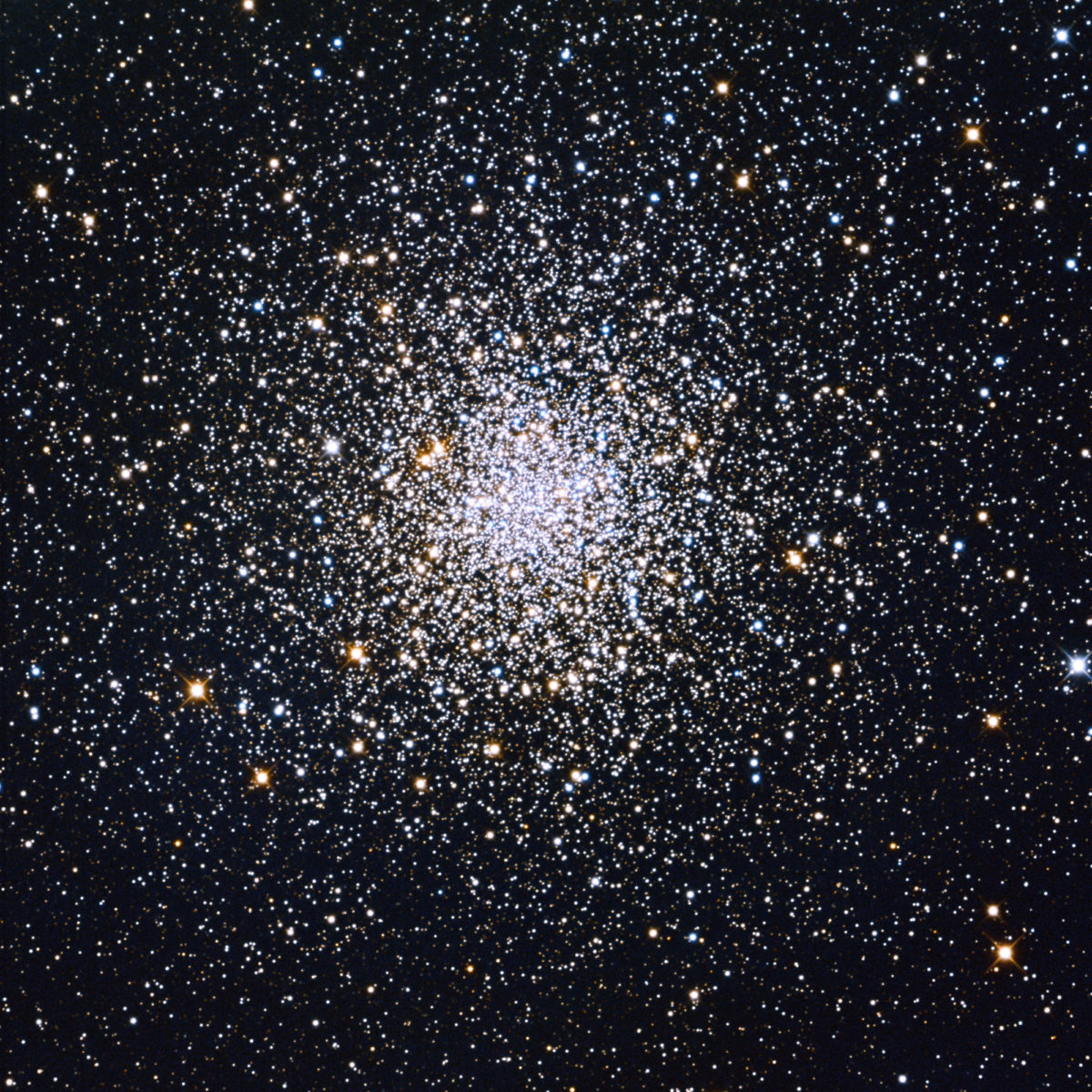Since 2002, Planetary Radio has visited with a scientist, engineer, project manager, advocate, or writer who provides a unique perspective on the quest for knowledge about our Solar System and beyond. The full show archive is available for free.
Search Planetary Radio
The Juno spacecraft will enter orbit at Jupiter on July 4th. It carries a camera that will send back spectacular images from just above the swirling clouds of that mighty planet. Planetary scientist Candy Hansen will tell us how we can help decide what it will view.
Space art and science fiction joined science fact at the 2016 Contact Conference in Sunnyvale, California. We talk with three well-known visionaries.
The Planetary Society’s solar sail spacecraft was in the middle of a critical test as we spoke with the Society’s Bruce Betts and Jason Davis.
John Grunsfeld closes our coverage of the Space Foundation’s 32nd annual Space Symposium in Colorado Springs. We also meet the leaders of the New Generation Space Leaders Program.
We’re back at Space Symposium for a conversation with SNC’s Mark Sirangelo, leader of that company’s effort to build the Dream Chaser. We’ll also hear a few moments of Bill Nye’s session at the annual gathering as he hosted Bernard Foing and Amy Mainzer.
The annual Space Symposium in Colorado is a must-attend event for space leaders from around the world. Our coverage begins with United Arab Emirates Space Agency Director General Mohammed Nasser Al Ahbabi, and then moves to ESA Director General Jan Woerner and Chief Scientist Bernard Foing.
Beautiful Death Valley National Park was the setting for a fascinating conversation with famed SETI researcher Jill Tarter and celebrated astronomer, artist and photographer Tyler Nordgren.
Happy Yuri’s Night! We’re partying under Space Shuttle Endeavour in the first of two shows featuring interviews from the worldwide celebration of space. Star Trek’s Robert Picardo will talk about his new video newsletter, the Planetary Post, and we’ll visit with Samantha Cristoforetti, who returned last June from 200 days aboard the International Space Station.
Michel Mayor and his team rocked the astronomy world with their 1995 announcement, but this modest man says it was a discovery whose time had come.
The new Mars Science Laboratory Project Scientist is not new to the mission. Ashwin Vasavada has worked on the Curiosity rover since 2004.
Our live conversation about “Planet 9” and the amazing diversity of our solar system, featuring Konstantin Batygin and Mike Brown of Caltech, Senior Editor Emily Lakdawalla, Bill Nye the Science Guy and Cassini Project Scientist Linda Spilker.
NASA has given the go-ahead for creation of the Wide-Field Infrared Survey Telescope. It might help reveal the nature of dark energy and point the way to life among the stars.
Julielynn Wong came directly from her 30-day long HERA IX deep space simulation to our microphone. We talk with her about the experience, and her progress toward 3D medical device printing solutions for astronauts and Earthbound humans.
Famed science fiction author Kim Stanley Robinson is back with Aurora, a cautionary tale about just how difficult interstellar travel may be.
Casey Dreier, the Planetary Society's Director of Space Policy, and Jason Callahan, the Society's Space Policy Advisor, talk with Mat Kaplan about the just-released
Cassini Mission Project Scientist Linda Spilker returns with the latest discoveries at the beautiful ringed planet, its moons and its rings.
OK Go has gone where no band has gone before to make a music video. Mat talks with Damian Kulash and Tim Nordwind about the hazards, thrill and promise of making art in free fall.
The Planetary Society's Bruce Betts and Jason Davis join host Mat Kaplan for a status report on LightSail 2, the Society's next solar sail, now being prepared for launch as soon as late this year.
Lindley Johnson has just been named NASA's first Planetary Defense Officer. He's joined on this week's PlanRad by astronomer Kelly Fast, the new manager of the Near Earth Object Observation Program.
New research indicates that globular clusters—collections of up to a million stars—could provide stable environments for life, along with opportunities for interstellar civilizations. Lead author Rosanne Di Stefano joins us to explain.


 Explore Worlds
Explore Worlds Find Life
Find Life Defend Earth
Defend Earth


